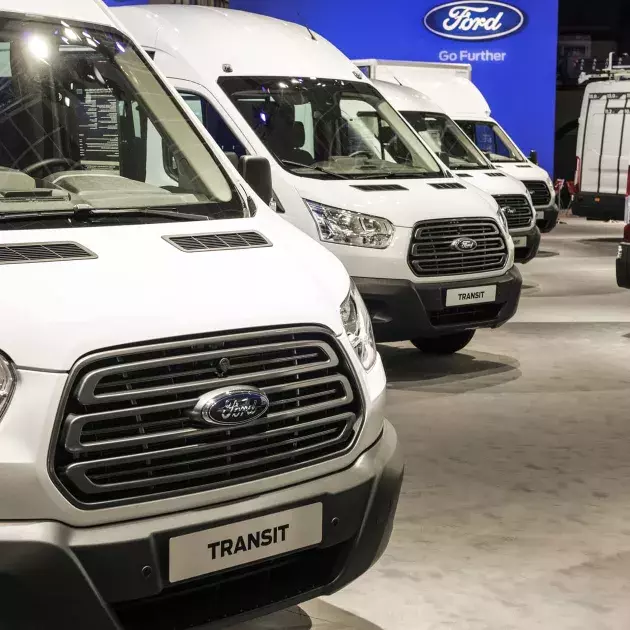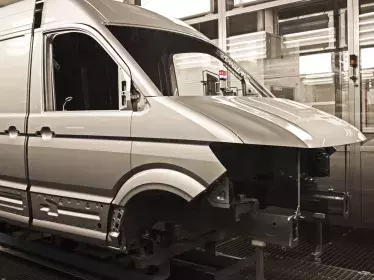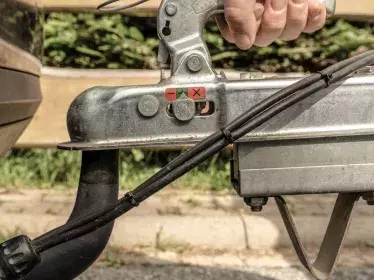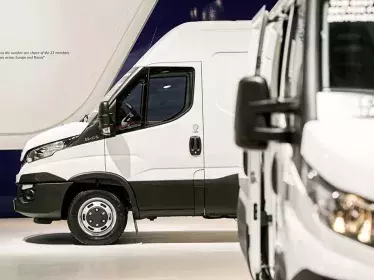The Light Commercial Vehicle (LCV) market is growing rapidly and manufacturers are expanding their range to meet the many and varied demands of the market. Depending on your business sector, you will have different requirements and so you will need to explore what works best for you. Two of the most important criteria are the loading capacity and the layout of your van.
Different categories
From a tax point of view, the main criterion is whether you have a single or double cab. When it comes to commercial or industrial use, your choice of vehicle will largely depend on the rear section, i.e. its volume.
What is common to all these vehicles is the B licence and their Gross Vehicle Weight (GVW), which cannot exceed 3.5 tonnes. If it weighs more than this, you are driving a "heavy goods vehicle”, which requires a truck licence.
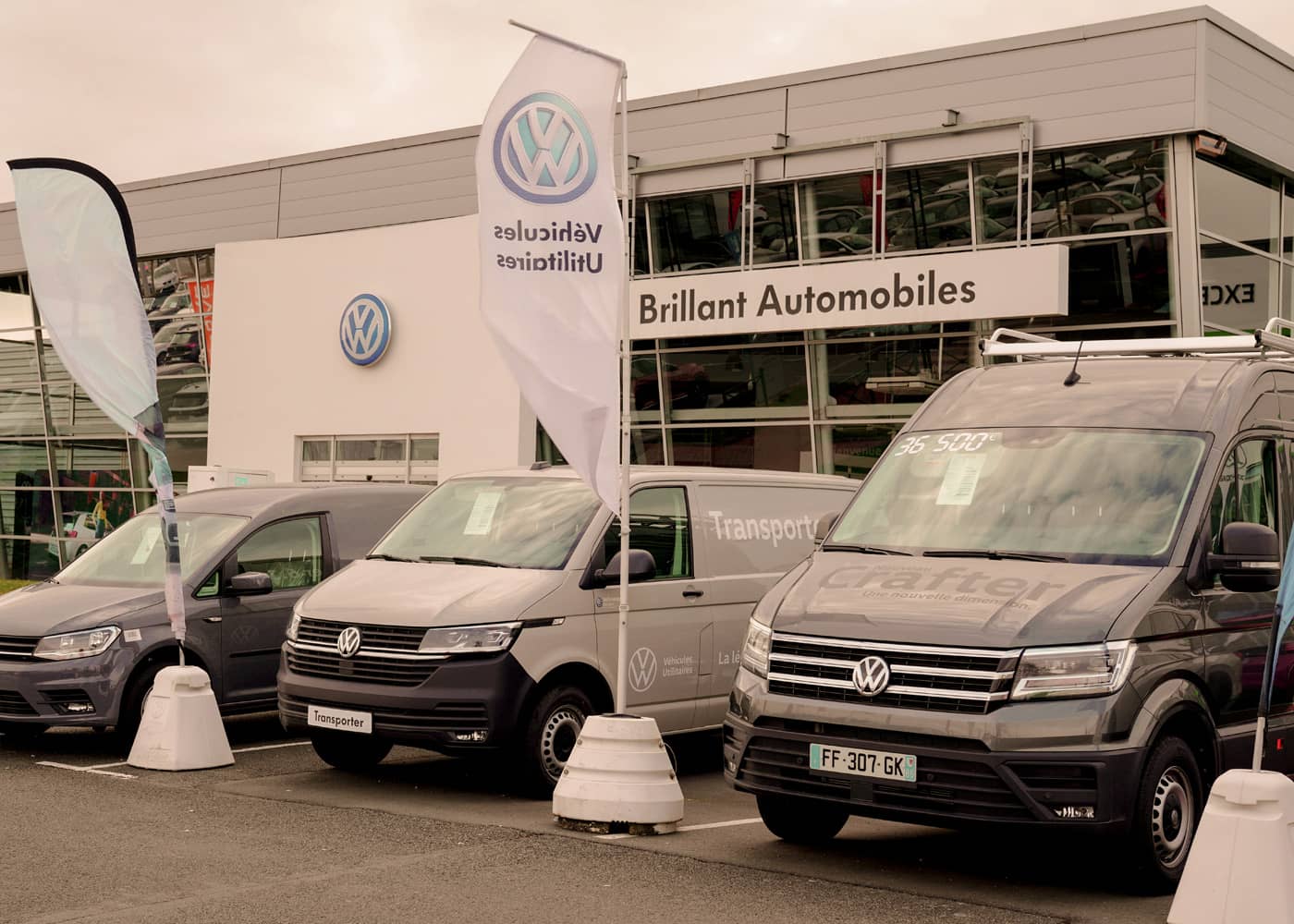
Small vans
These are reasonably comparable to a passenger car in terms of driving since they offer agility and a little bit of space. They are therefore suitable for your urban business trips. Their length varies between 1.80 and 2 metres and their height does not exceed 1.50 metres.
Examples include: VW Caddy, Peugeot Partner, Mercedes Citan, Opel Combo, Renault Express, Citroën Berlingo Van, Ford Transit Courier, Nissan Townstar, etc.
Compact vans
With the ability to adapt to many situations, compact vans provide a genuine compromise between loading capacity and driving pleasure. Their strong point is their versatility. They are often less than 2 metres high and their size will not be a constraint (even when it comes to parking). Their length means they can be adapted to most uses.
Examples include: VW Transporter, Peugeot Expert, Mercedes Vito, Ford Transit Custom, Citroën Jumpy, Fiat Doblo, Nissan Primastar, etc.
Large vans
This van sector offers a wide range of possibilities with custom layouts. They go up to 5 metres in length and have a height of a little more than 2 metres in the taller versions.
Examples include: Renault Master, Fiat Ducato, Mercedes Sprinter, VW Crafter, Ford Transit 2T, Citroën Jumper, Peugeot Boxer, Nissan Interstar, Toyota Proace Van, Iveco Daily, Man TGE, etc.
Pick-ups
These will be your best friend if you have to tow items or use roads that are difficult to access. Your choice of cab type will affect the load capacity. Numerous customisations are possible.
Examples include: Ford Ranger, VW Amarok, Toyota Hilux, Isuzu D-Max, etc.

Specific features
If you’re looking for a different commercial vehicle, you can also opt for:
- an extended or heightened version
- a larger cab if you need to transport teams
- a combi version for the transport of people and luggage
- a chassis cab to adapt a refrigeration unit, a tipping trailer or to facilitate loading items
- electric, hybrid or CNG engines
Choosing the right LCV is very important and you should make sure it is the best fit for your business. You should adapt the vehicle to your needs and not the other way around. Take plenty of advice from the brand experts that will support you in your project and think about any equipment you need for saving time and adding the perfect level of comfort to your everyday routine.


